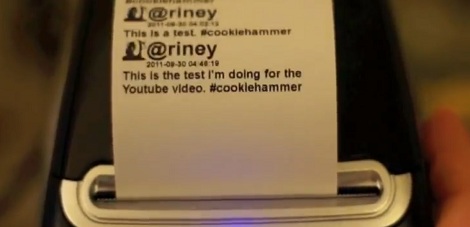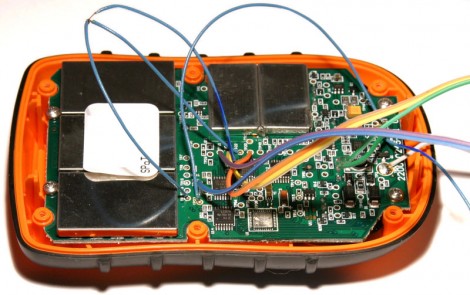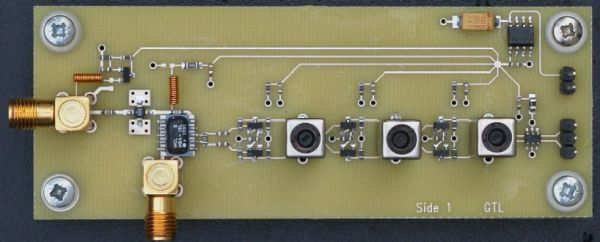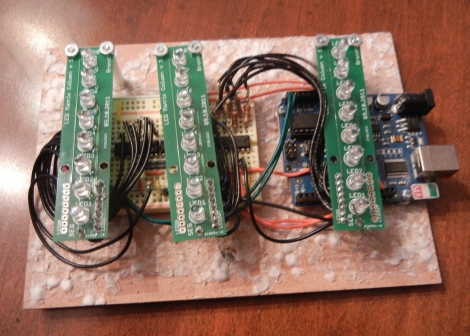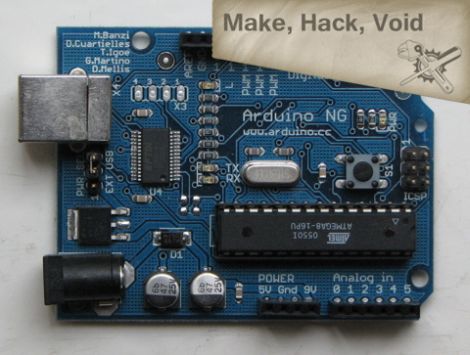
Ah, the Arduino.
Love it or hate it, there’s no denying that part of its accessibility comes at the expense of speed and efficiency. We honestly like the platform as well as all of the others out there, because we believe that everything has its proper place and purpose. The crew over at Make, Hack, Void think that the Arduino dev boards are well and good, but that the core of the Arduino runtime could use some improvement.
They have taken it upon themselves to dig deep into the code and make some of the improvements that many advanced Arduino users have been clamoring for. Their MHVLib is an efficiency oriented runtime library which works on all AVR microcontrollers, whether they be standalone uCs or Arduino-branded hardware.
They have changed the way that the Arduino handles pin and port information, as well as how object and buffers are allocated in memory. Their code still relies on an Arduino-style bootloader, though they recommend Optiboot since it’s about a quarter of the size of the Arduino version.
There’s a complete list of what has been implemented available on their site, and you can grab the code via their GIT repository if you want to give it a try yourself.

